고쿠가쿠인대학박물관 주변장소
고쿠가쿠인대학 주변에는 신사, 박물관, 미술관 등 일본의 문화나 역사를 접할 수 있는 장소, 문화시설이 있습니다. 본 박물관에 오실때 둘러보시는 것은 어떻겠습니까.
- Hikawa Jinja Shrine [External Link]

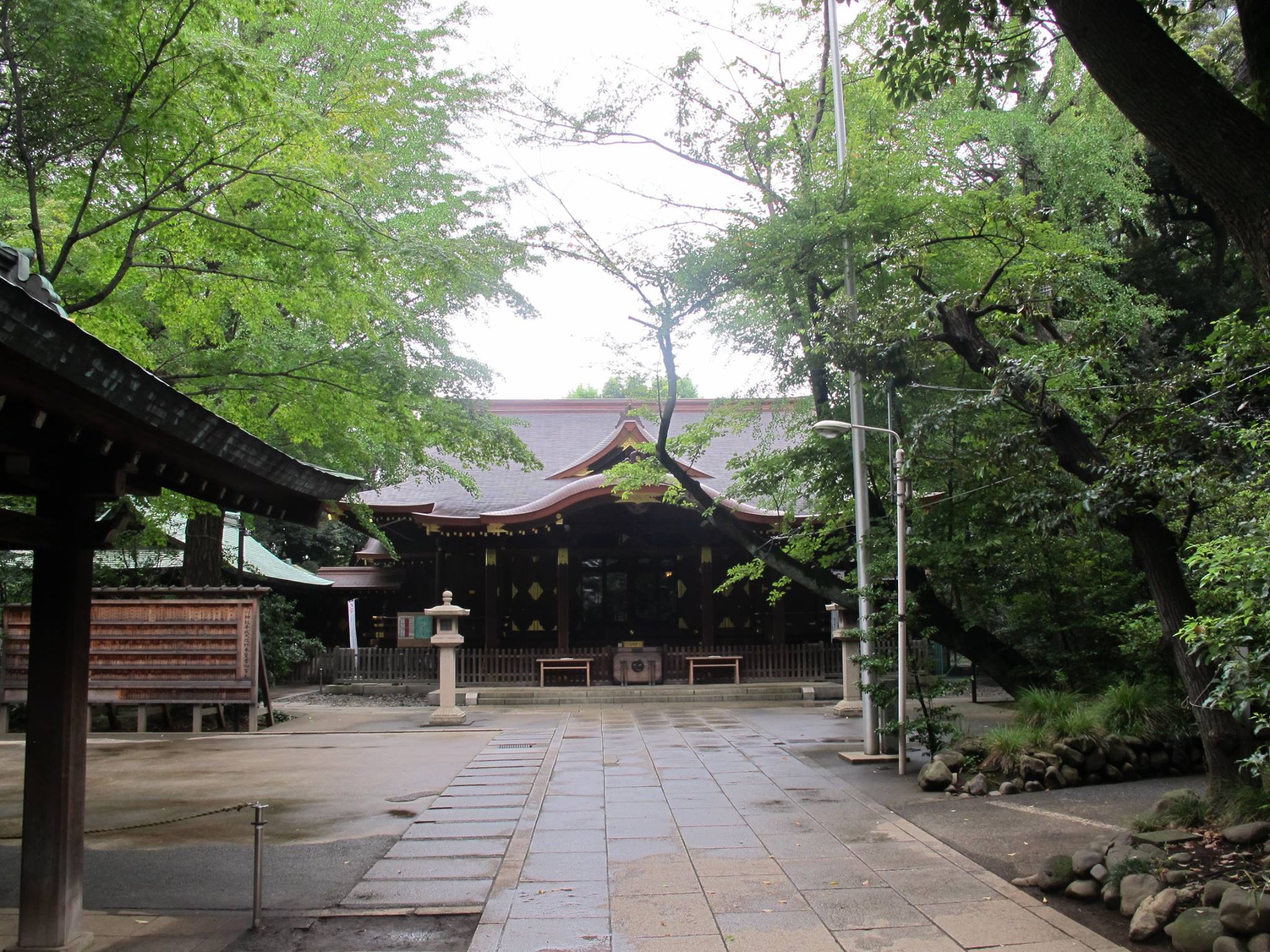
Hikawa Jinja is said to be a very ancient shrine. According to the Hikawa Daimyōjin Engi written in Keichō 10 (1605), this shrine was founded by the Emperor Keikō’s son during his eastward expedition. Within the shrine precincts, are the remains of historical Edo sumo rings. - Konnoh Hachimangu Shrine [External Link]

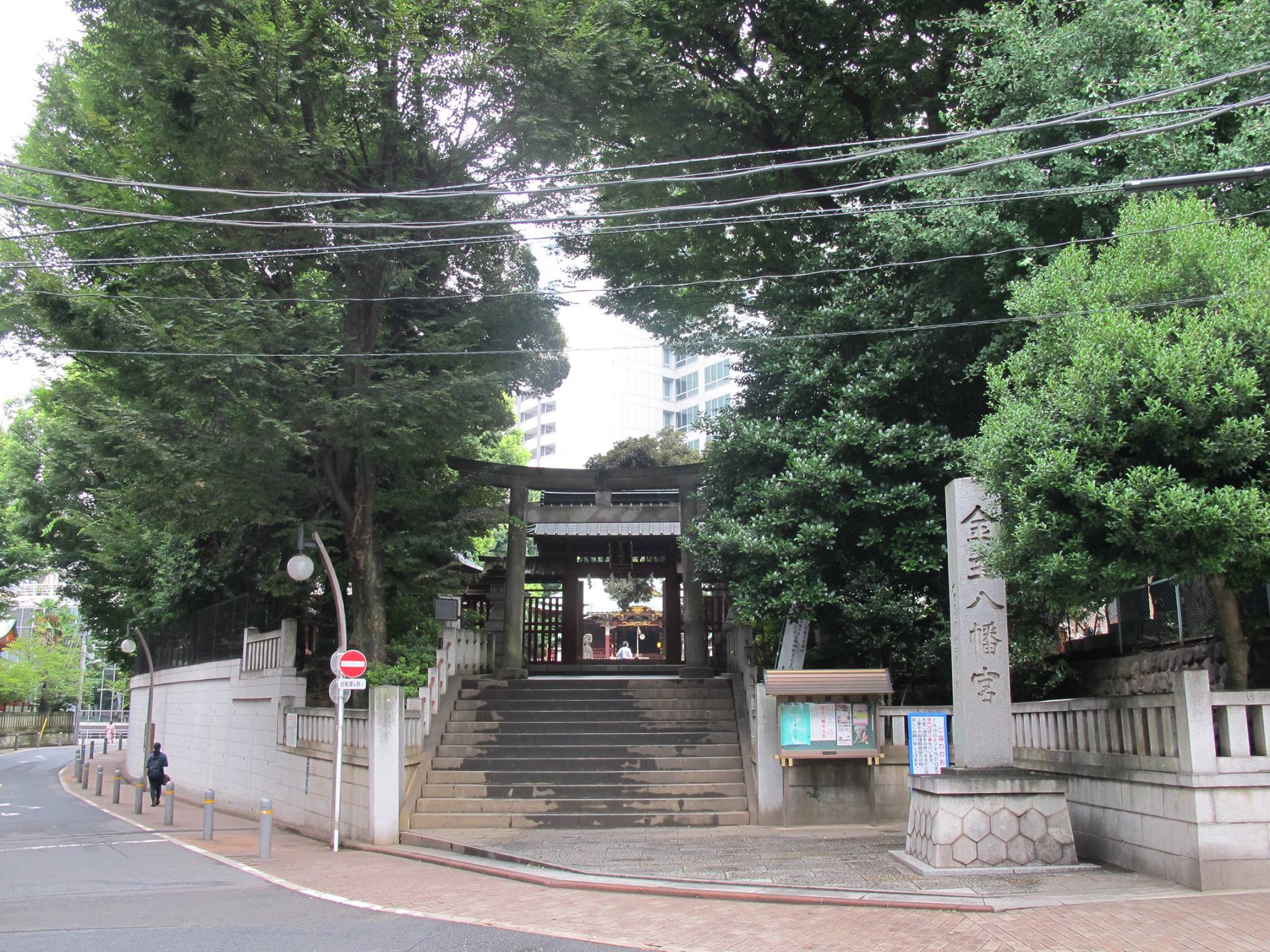
Following his victory in the Gosannen War at Senboku Fort, Minamoto no Yoshie credited the god Hachiman with providing divine protection and arranged to have the god enshrined at this site. Emperor Horikawa awarded Minamoto and his descendants with the name “Shibuya.” This is the origin of the name for this area. Within the shrine, grounds are a foundational stone from the fortress of Shibuya castle and the Konnoh-Zakura. - Yamatane Museum of Art [External Link]

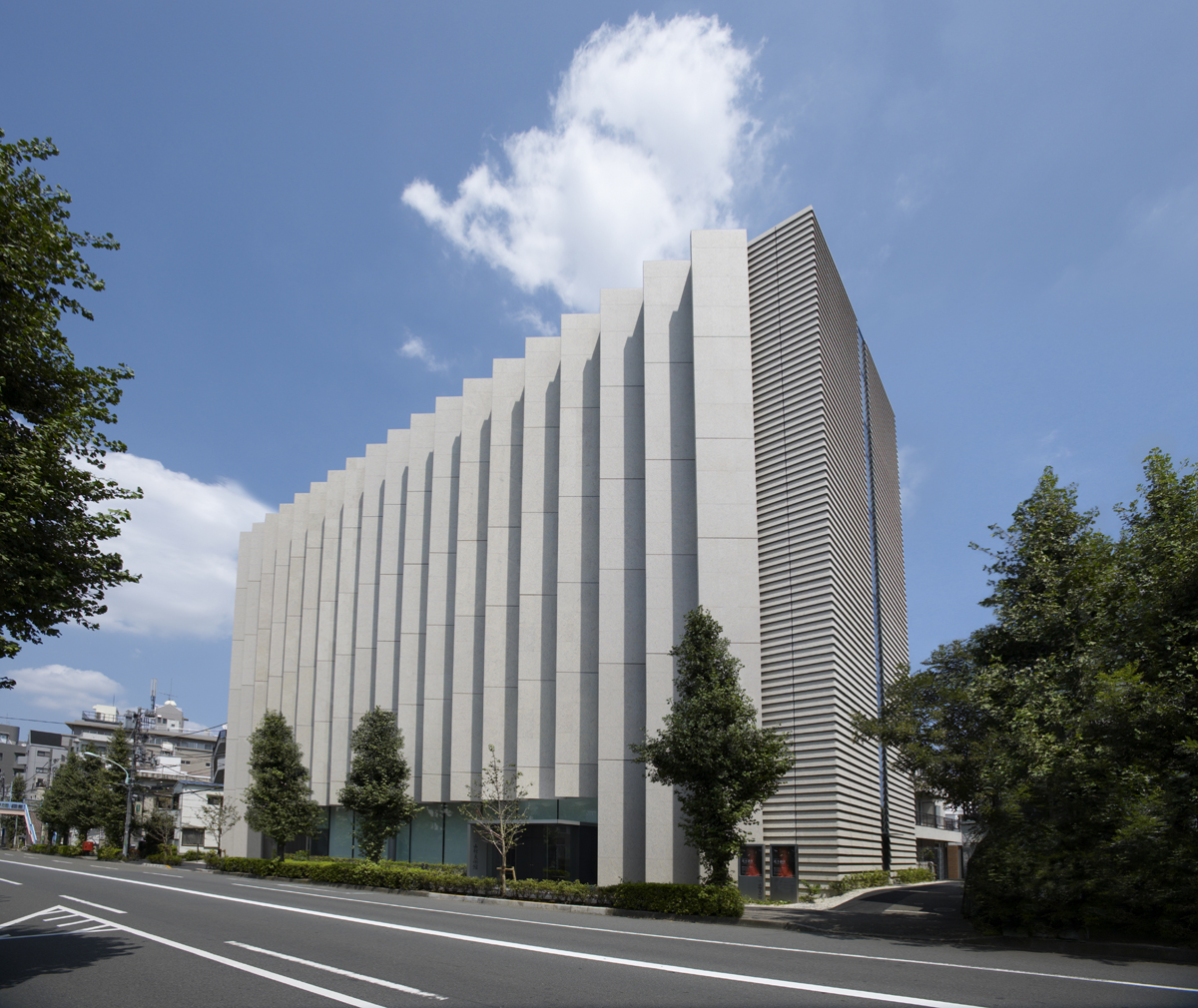
The Yamatane Museum of Art, following the wishes of the museum’s founder Yamazaki Taneji, aims to contribute to society through art and Japanese culture. Specializing in modern and contemporary Nihonga (Japanese-style painting), the museum also has numerous works of Ukiyo-e (woodblock prints), calligraphy, and so on. The museum has over 1800 pieces in its collection. Each year 5-6 thematic exhibitions are carried out. In order to support internationalization, tours in French and English are conducted.
*The Yamatane Museum of Art and Kokugakuin University Museum participate in collaborative projects.
- Shibuya Folk and Literary Shirane Memorial Museum [External Link]

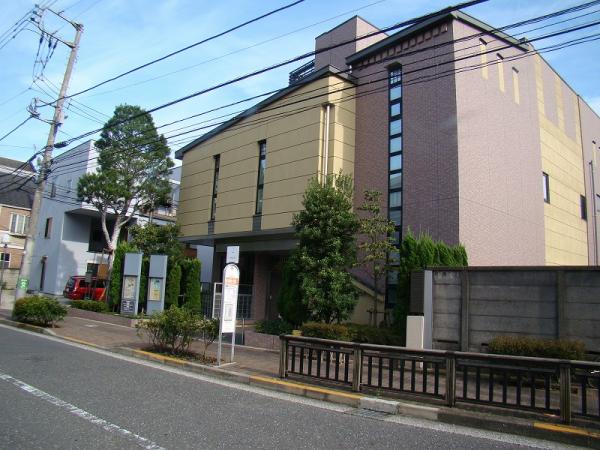
The Shibuya Folk and Literary Shirane Memorial Museum was established on a residential plot donated to the ward by Shirane Tadashi as a place to store and display documents related to the Shibuya. In 2005, the museum was constructed as a place to learn the history and culture of the district and instill knowledge of original of Shibuya.
*Shibuya-ku and Kokugakuin University Museum participate in collaborative projects.
- TARO OKAMOTO MEMORIAL MUSEUM [External Link]

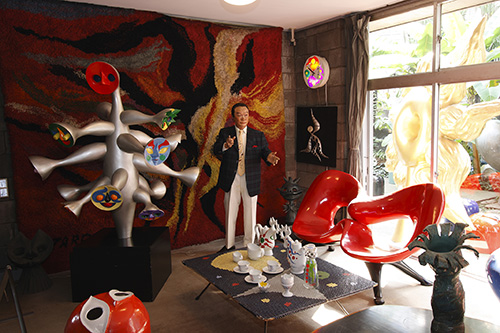
The Taro Okamoto Memorial Museum was both home and studio to Taro Okamoto until his death at the age of 84 in 1996, and he lived there for almost 50 years from 1954. The Museum has opened his studio, living area, and garden to the public. The studio was constructed after WWII based on plans created by his friend Junzo Sakakura, who was the favorite pupil of the French architect Le Corbusier, and many of Okamoto's works are placed in his living area. Exhibitions are also held three or four times a year.
*The Taro Okamoto Memorial Museum is a key museum participating in the Cooperation with Museums project, with Kokugakuin University Museum at its core.
- Kosetsu Memorial Museum (Jissen Woman’s University) [External Link]

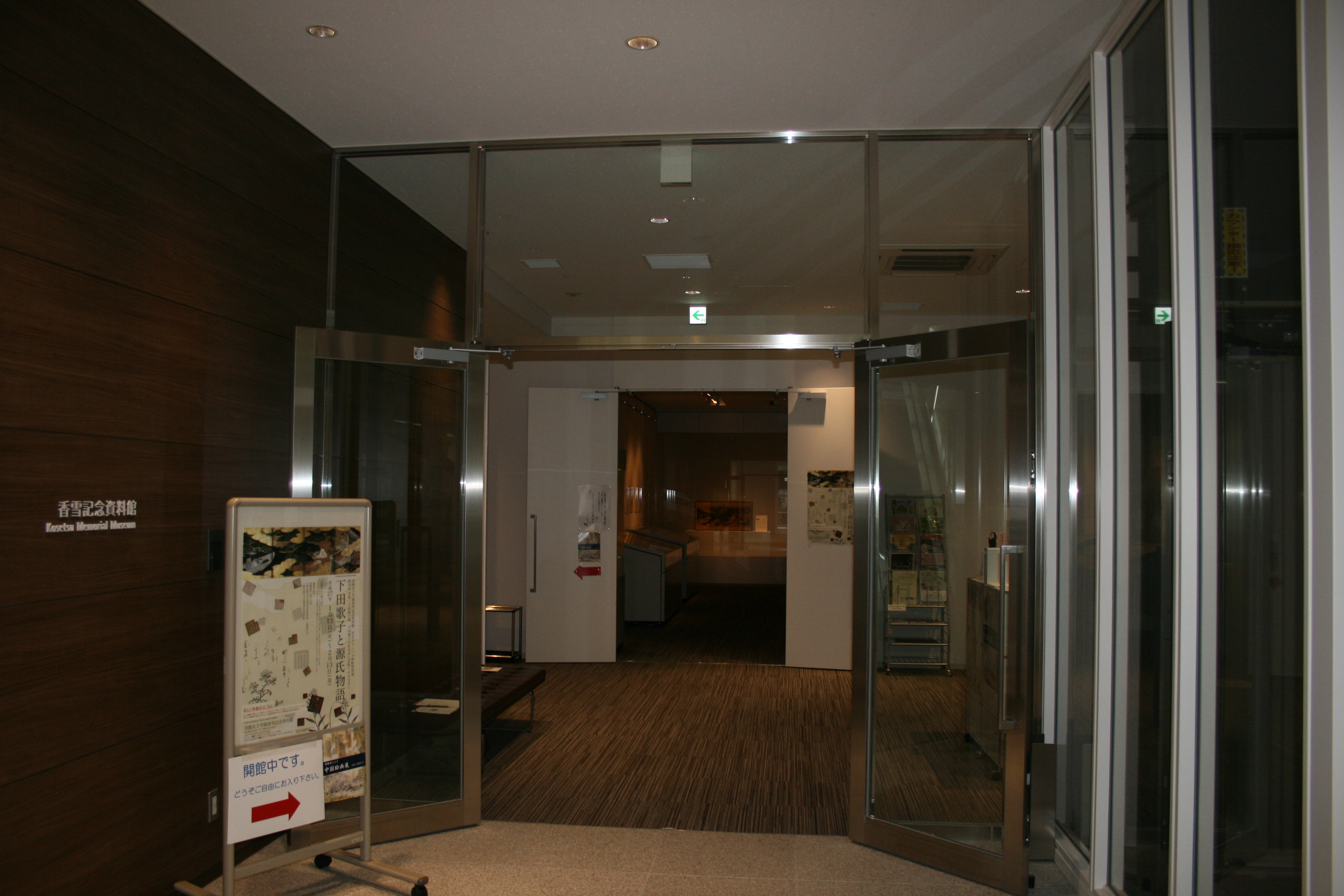
The Kosetsu Memorial Museum is located on Jissen Women’s University’s Shibuya campus. The name of the museum “Kosetsu” is the pen name of the university’s founder Utako Shimoda. The museum displays materials related to the university’s founder, works by female artists, and students and alumni of the university.
*Originally located on the university’s Hino campus, in April of 2014 the museum moved to its current location in Shibuya.
- Hokiichi Hanawa Museum [External Link]

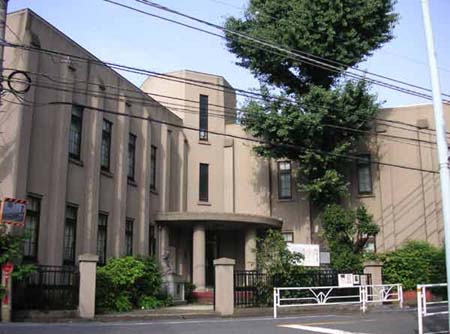
The Hokiichi Hanawa Museum exists to spread knowledge about the work of Hanawa Hokiichi (1746‑1821). The museum was founded in 1909 by vice count Shibusawa Eiichi, imperial advisor Inoue Michiyasu, Haga Yaichi a doctor of literature, and Hanawa’s great grandchild Hanawa Tadao in celebration of Hanawa Hokiichi’s great achievements to mark the centennial of his achievement. The museum keeping with Hokiichi’s intentions, the museum promotes Onkochishin(learning from the past), serves as a depository for the woodblocks for printing the Gunshi Ruiju (Classified Collection of Japanese Classics), which was designated as an important cultural property, and advocated for educational opportunities and welfare among the blind.









